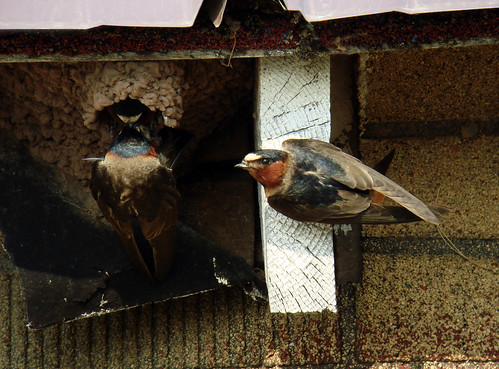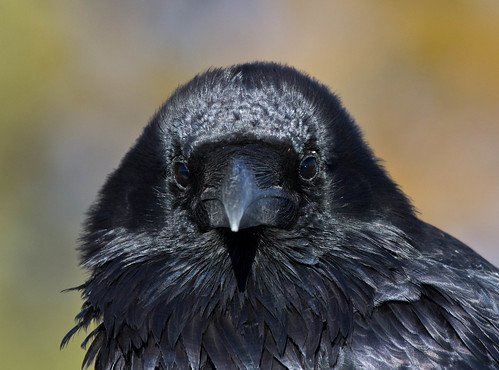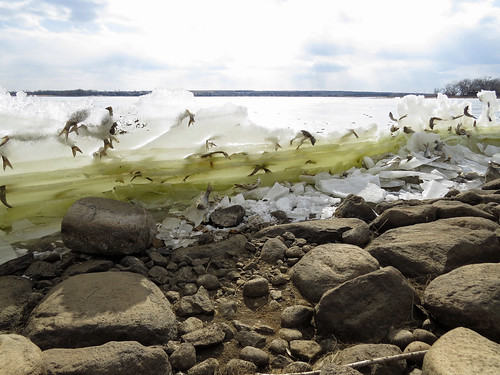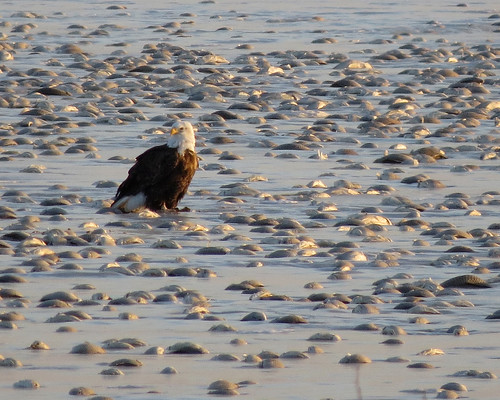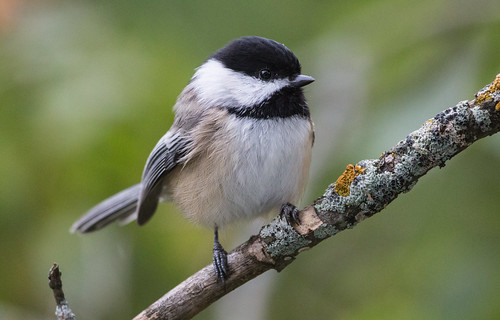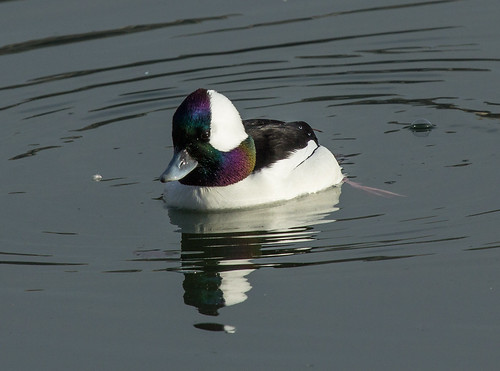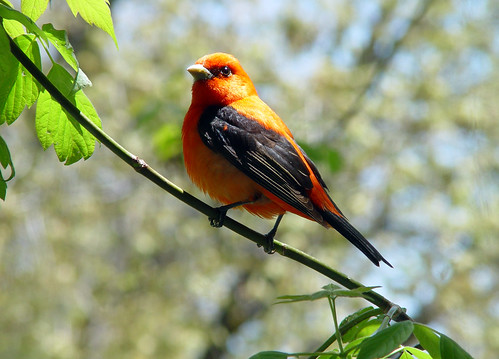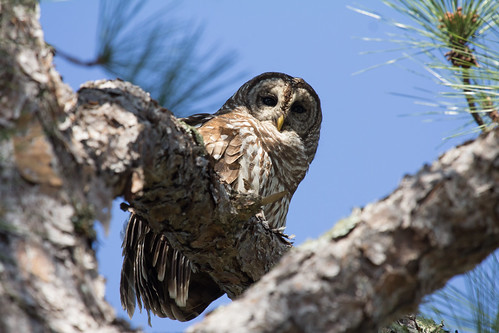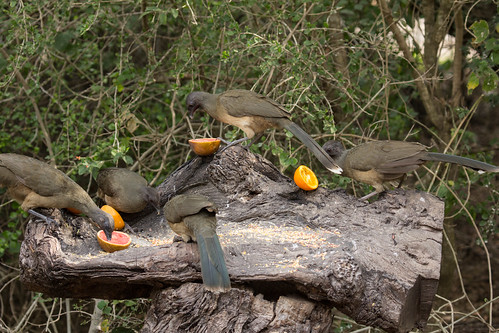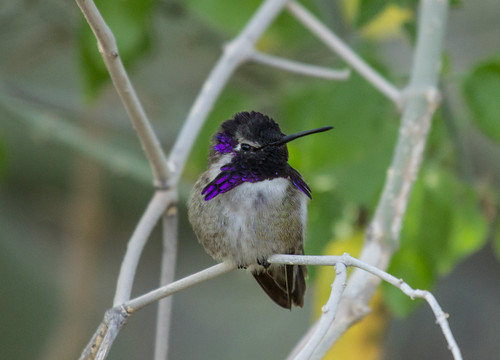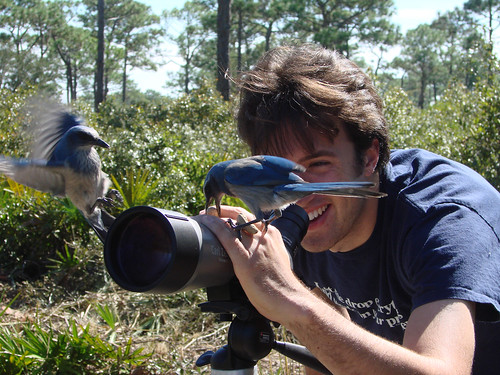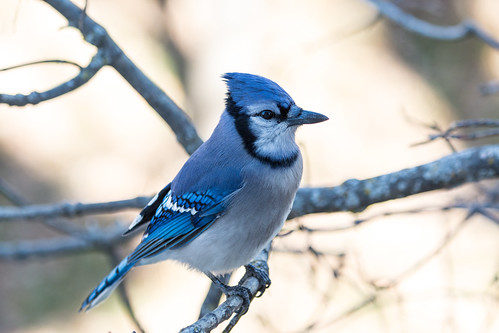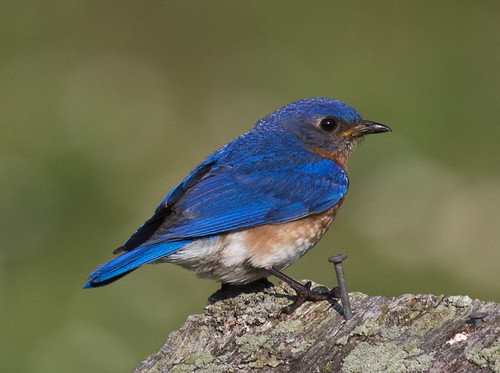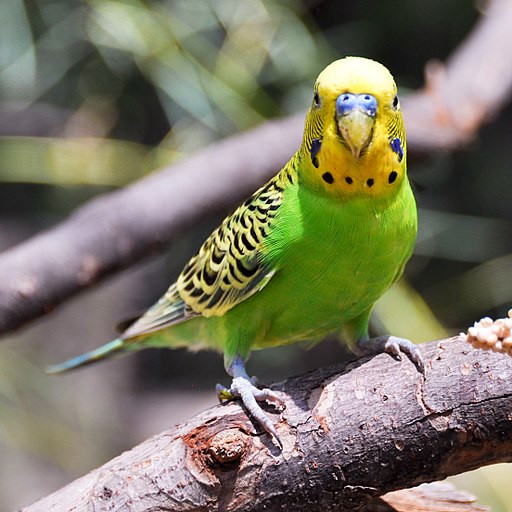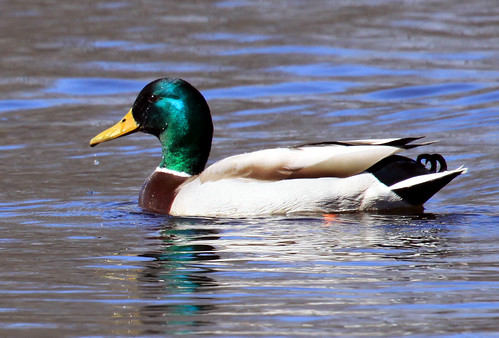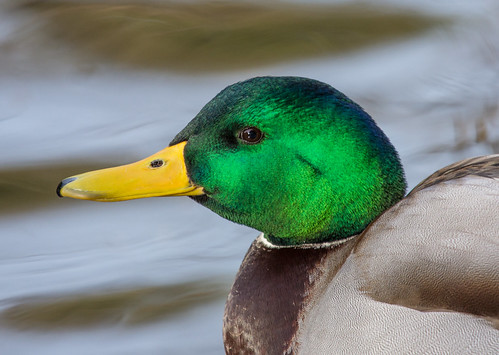 |
The logistics of bringing a dog birding can be tricky, and dogs are forbidden from many birding spots, particularly where vulnerable species such as Piping or Snowy Plovers nest. If we lived in a culture where people were expected to train their dogs and keep them under control, on- or off-leash, and where people understood and appreciated local wildlife and the problems they face, leashed dogs would probably be allowed on all beaches that people are allowed on, but since American dog owners have a poor track record at controlling or cleaning up after their pets, it’s just as well to keep fragile nesting areas off-limits to all dogs.
When I was in Vancouver this fall, I spent three mornings walking along beaches. One stretch was marked as an off-leash dog park, but even where signs clearly stated that dogs were not allowed at all, people were running them on the beach, and even allowing them to chase birds. Several times right when I was photographing a cool bird, suddenly a dog charged in and chased it off. This was a minor inconvenience for me. But for the birds, it was not just cosmically rude, but potentially dangerous. In our increasingly developed world, there are too few remaining places where birds can come down after a long flight, and where they can find adequate and safe food supplies.
So, obviously, the first rule I’ll be teaching Pip is
#1. No chasing birds!How do you train a dog not to do what seems "natural"? It's best to start with a breed that wasn't specifically bred for chasing prey or chasing other dogs. If you start with a terrier, hound, or sled dog breed, you've already got the deck stacked against you. Oddly enough, bird-hunting pointers and retrievers often make splendid birding dogs, because they were bred to stop and wait when they find a bird on their own, and when they pick it up, to bring it straight to their human and hand it over. So they're predisposed to be compliant and to master their deepest instincts for their owner. My golden retriever Bunter made a splendid birding dog for that reason. My bichon frise Photon was also a splendid birding dog. Her breed was specifically bred for circus performance. Other related breeds that excel in agility events, in which they pay special attention to their owner's commands, are also often easy to train with regard to chasing.
Even my exceedingly well-trained golden retriever and my perfect little bird dog Photon occasionally had a strong temptation to chase a deer or mosey off along a fascinating scent trail. So I always kept them on leash while birding. I need two hands to deal with my camera and binoculars, so on birding adventures, I use a retractable leash with the handle hooked by a carabiner to my belt.
There are times, like along dangerous highways or when a potentially dangerous dog is approaching, when staying on heel or even being held is essential. Otherwise, I just want my dog nearby where we're both able to enjoy ourselves. Walking along country roads and trails, I always let my dog go a bit ahead or behind, sniffing at a whole world of things I don't have a clue about, but if I hear a bird up ahead and want to hurry, I need the dog to keep up with me. And if I'm watching a bird right there, I don't want to be jerked from where I'm standing. So I’ll be teaching Pip good manners on a leash while she’s little, using a regular leash at first. The important thing for her to learn will be:
#2. Don't pull on the leash.She’ll also have to learn:
#3. Never ever lunge at or jump on people or other dogs, andLittle dogs often become barkers. Many people can't help but indulge small, adorable puppies, thinking those little barks are so cute. That lasts right up to the time that they become incessant yaps, when it's too late. So from the start, I’ll praise Pip for alerting me to something with one bark, saying "Good bark," but if I hear a second or third bark, it'll be, "Uh uh. You already told me about that." At that point, I’ll try always to pick her up and get her interested in something else, but if the barking continues, I’ll do what I did with Photon and Bunter: gently pinch a wad of fur on the scruff of her neck, where mother dogs nip naughty puppies. Bunter and Photon took even the softest “no” and gentlest pinch seriously, so I never had to do anything more severe to train them to follow basic rules.
#4. Don't bark.
I’ll have plenty of rules of my own to follow: cleaning up after Pip, paying attention to her needs even as I’m looking for birds, and noticing and protecting her from nearby dangers she might encounter. The first months will be taxing, but the hardest work will be required right when she’ll be at her most endearing. The end result will be having my very own plucky sidekick wherever I go. When I tell her we’re going birding, I'll say to her, as Joe Gargery said to Pip in Dickens’s Great Expectations, “what larks, Pip. What larks!”.
